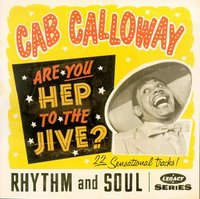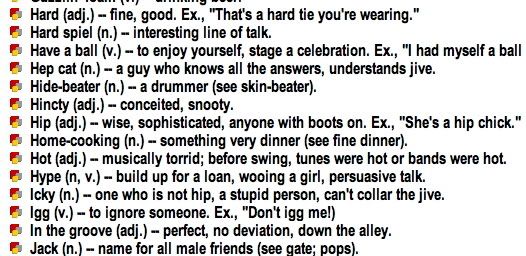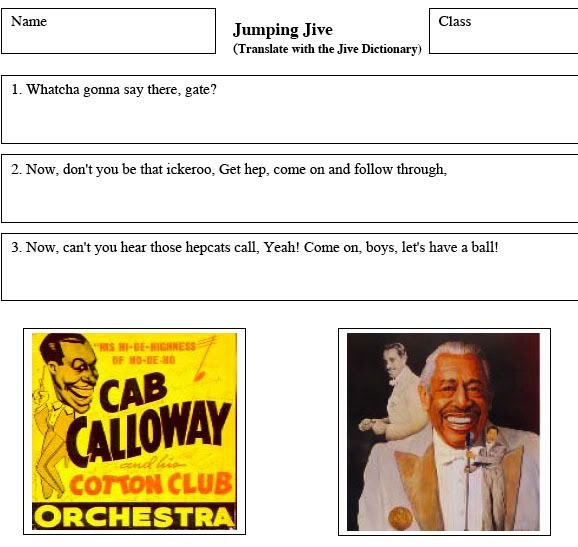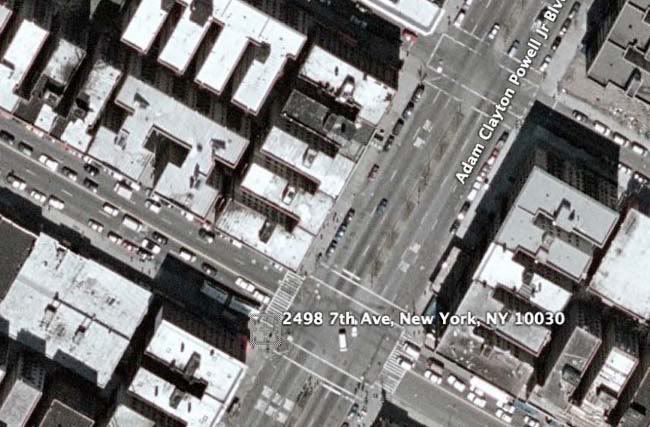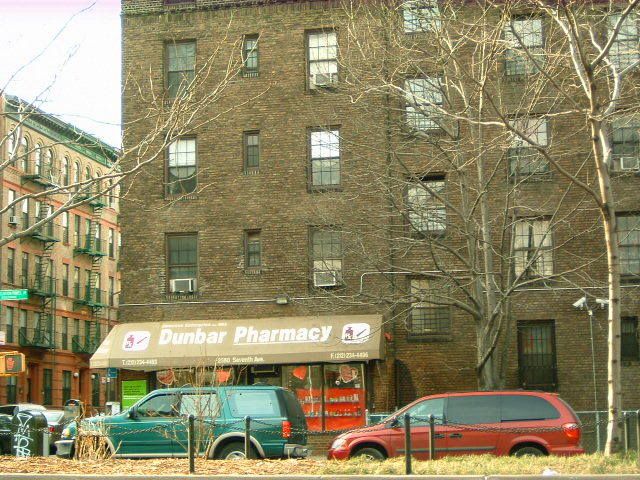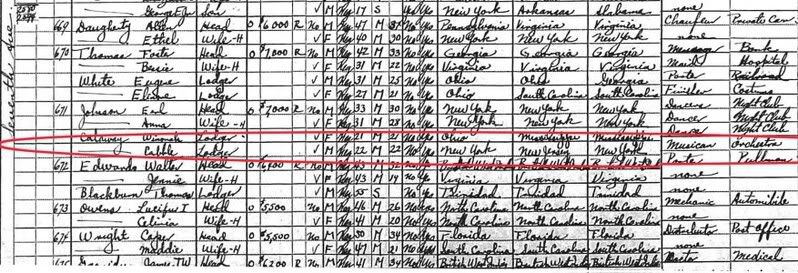 from 2/1/06 from pseudo-intellectualism Now I'm able to embed the video that's linked below
from 2/1/06 from pseudo-intellectualism Now I'm able to embed the video that's linked below
A blogger, from the French hidehoblog, appreciated the Calloway stuff I previously posted. I discovered some great rare Calloway images there and put together a Calloway slide show to honor the occasion
Lyrics: A Chicken Ain't Nothin' But a Bird
Chicken!
Nice fried chicken!
Barbecued chicken!
Won't you send it down the line.
Say!
Everyone's talking 'bout chicken;
Chicken's a popular bird;
Anywhere you go, you're bound to find,
A chicken ain't nothin' but a bird.
Some folks call it a fowl,
That's the story I heard,
But let 'em call it this and let 'em call it that,
A chicken ain't nothin' but a bird.
You can boil it, roast it, broil it,
Cook it in a pan or a pot,
Eat it with potatoes, rice or tomatoes,
But chicken's still what you got, boy!
It was a dish for old Caesar,
Also King Henry the Third,
But Columbus was smart, said 'You can't fool me,
A chicken ain't nothin' but a bird.'
You can boil it, roast it, broil it,
Cook it in a pan or a pot,
Eat it with potatoes, rice or tomatoes,
A chicken's still what you got, boy!
It was a dish for old Caesar,
Also King Henry the Third,
But Columbus was smart, said 'You can't fool me,
A chicken ain't nothin' but a bird.'
Something is wrong?












